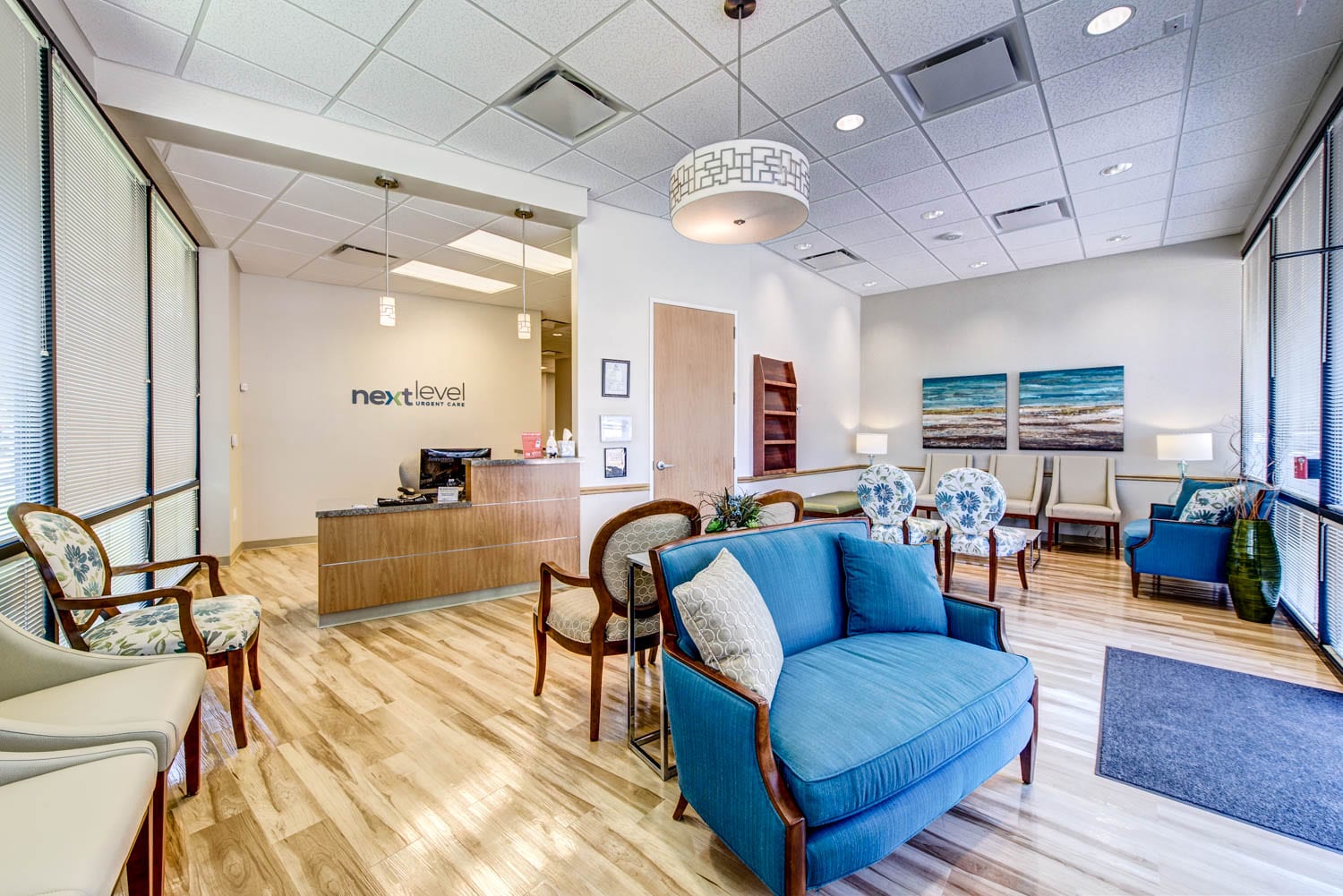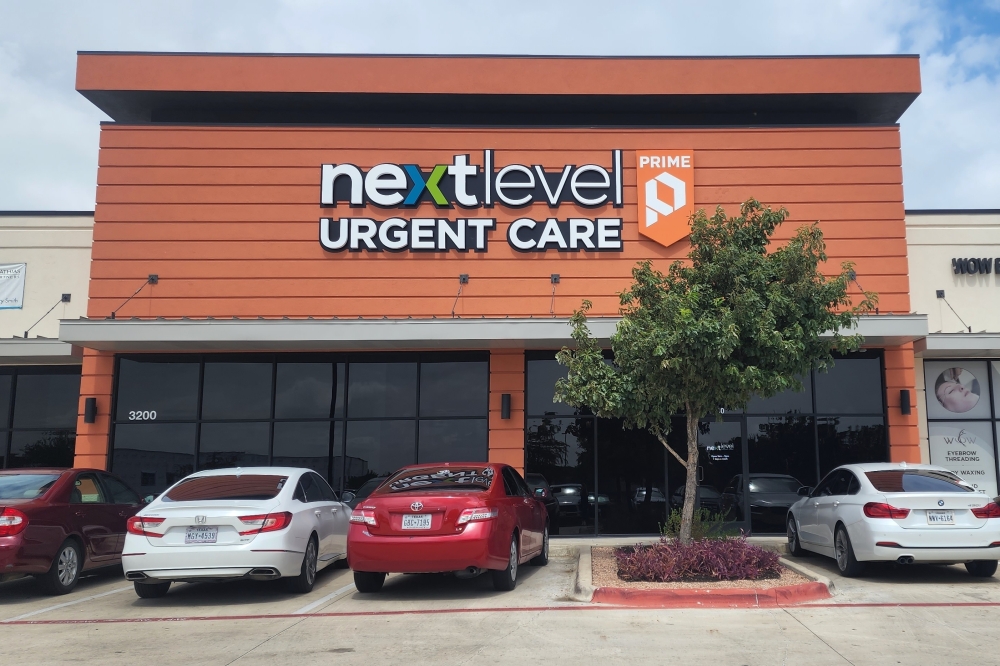Find Top-Rated Next Level Urgent Care Near You
The phrase represents a model of healthcare delivery focused on providing immediate medical attention for conditions that are not life-threatening, but require prompt treatment. This type of facility bridges the gap between primary care physicians and hospital emergency rooms, offering a convenient and often more affordable alternative for patients with urgent, but not critical, medical needs. Examples include treatment for minor injuries, illnesses, and certain diagnostic services.
These centers offer several key advantages. They reduce the strain on overcrowded emergency departments, allowing hospital resources to be allocated to the most critical cases. They provide quicker access to care than may be available through a primary care physician's office, particularly for patients needing immediate attention. Historically, the development of such facilities arose from a need to improve access to timely healthcare and manage rising healthcare costs.
The subsequent sections will delve into specific aspects of this healthcare model, including its operational structure, the range of services offered, technological integrations, and its role in improving overall community health outcomes.
- Kevin Kline Bio Age Net Worth Wife
- French Montana Says Max B Might Be
- Who Is Evelyn Lozada Dating Queens Court
- Chuck Todd And Wife Kristian Todd Married
- Bishop Briggs Husband Did Not Propose Her
Frequently Asked Questions
This section addresses common inquiries regarding facilities operating under this healthcare model, aiming to provide clear and concise information.
Question 1: What differentiates this type of facility from a primary care physician's office?
These facilities typically offer walk-in appointments and extended hours, including evenings and weekends, providing access to care outside of traditional office hours. Primary care physicians generally require scheduled appointments and focus on long-term health management.
- Liz Cheney Husband Children Age Net Worth
- Kyle Brown Wife Megan And Four Kids
- Has Adam Lambert Been With A Woman
- Butch Patrick Net Worth Celebrity Net Worth
- Fame Mark Belling Net Worth And Salary
Question 2: Under what circumstances is a visit to such a facility appropriate?
These facilities are suitable for non-life-threatening conditions such as minor injuries, illnesses like colds and flu, sprains, and infections. If a condition is potentially life-threatening (e.g., chest pain, severe bleeding, loss of consciousness), immediate emergency medical attention is necessary.
Question 3: What types of insurance are typically accepted?
Most facilities accept a wide range of insurance plans, including private insurance, Medicare, and Medicaid. It is advisable to verify coverage with the specific facility prior to receiving treatment.
Question 4: What is the typical cost of a visit compared to an emergency room?
The cost of a visit is generally significantly lower than a visit to a hospital emergency room for similar conditions. Co-pays and overall charges are typically less, reflecting the lower overhead costs associated with these facilities.
Question 5: Are these facilities staffed by qualified medical professionals?
Yes, these facilities are staffed by licensed physicians, nurse practitioners, and physician assistants who are qualified to diagnose and treat a variety of medical conditions. They possess the necessary training and credentials to provide appropriate medical care.
Question 6: What diagnostic services are commonly available at these facilities?
Many facilities offer on-site diagnostic services, including X-rays, laboratory testing, and electrocardiograms (EKGs), enabling prompt diagnosis and treatment of various conditions.
In summary, such facilities provide a valuable service by offering convenient and affordable access to medical care for urgent, non-life-threatening conditions.
The subsequent section will explore the technological advancements integrated within this evolving healthcare model.
Navigating Urgent Medical Needs
The following guidance aims to assist individuals in making informed decisions regarding urgent medical care, promoting efficient utilization of resources and optimized health outcomes.
Tip 1: Understand the Scope of Urgent Care. Facilities operating within this model address conditions requiring prompt attention but not representing immediate threats to life or limb. Examples include minor lacerations, upper respiratory infections, and uncomplicated fractures.
Tip 2: Differentiate from Emergency Care. Emergency rooms are equipped to handle life-threatening situations such as severe trauma, chest pain, and stroke. Choosing the appropriate venue ensures timely and effective intervention.
Tip 3: Research Local Options. Before a medical need arises, familiarize oneself with nearby facilities. Consider factors such as hours of operation, accepted insurance plans, and patient reviews.
Tip 4: Utilize Online Resources. Many facilities offer online portals for appointment scheduling, symptom checking, and accessing medical records. Familiarization with these resources can streamline the patient experience.
Tip 5: Confirm Insurance Coverage. Prior to seeking treatment, verify with one's insurance provider that the facility is within network and that the specific service is covered. This proactive step can mitigate unexpected costs.
Tip 6: Prepare for the Visit. Compile relevant medical history, a list of current medications, and insurance information prior to arrival. This expedites the triage and treatment process.
Tip 7: Inquire about Aftercare Instructions. Prior to discharge, ensure a clear understanding of follow-up care requirements, including medication instructions, wound care protocols, and activity restrictions. Failure to adhere to these instructions may impede recovery.
Adherence to these guidelines promotes informed decision-making and appropriate utilization of urgent medical resources, contributing to improved patient outcomes and efficient healthcare delivery.
The subsequent section will provide a conclusion summarizing the key aspects discussed within this comprehensive overview.
Conclusion
This exploration of next level urgent care has illuminated its pivotal role in the modern healthcare landscape. From bridging the gap between primary care and emergency services to offering accessible and cost-effective treatment for non-life-threatening conditions, its value is undeniable. The accessibility, comprehensive services, and incorporation of technological advancements contribute to its effectiveness.
As healthcare continues to evolve, the importance of efficient and accessible urgent care models will only increase. Facilities must remain committed to providing high-quality medical services while adapting to changing patient needs and technological advancements. Prioritizing patient well-being and embracing innovation will be essential for sustaining this vital component of the healthcare ecosystem.
- Chris Heisser Bio Age Height Net Worth
- Where Is Lorraine Taylor Now Is Lorraine
- Regina Hall Has Never Been Married What
- Is Tyler Langford Based On A Real
- Ify Nwadiwe And Wife Aurora Has A

About Us Next Level Urgent Care

Next Level Urgent Care

Next Level Urgent Care now open in Round Rock Community Impact